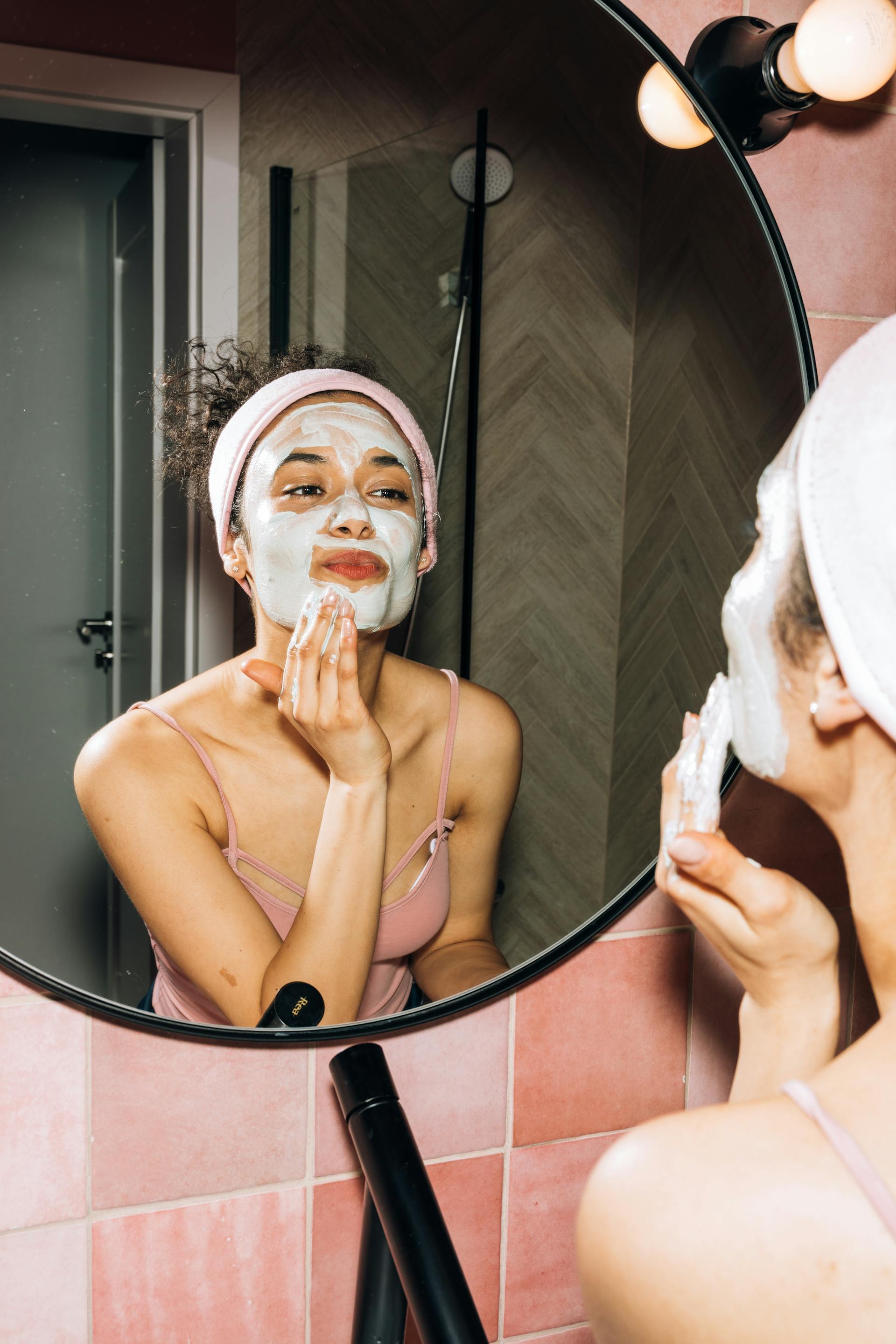
Artikel
07
mei
6 lessons to learn from Drunk Elephant’s Brand Strategy (and avoid a branding hangover)
Having started my career at L’Oréal, I have always been passionate about the cosmetics industry, and the brand Drunk Elephant is certainly one that has intrigued me since it first came out. Last week I listened to the ‘How I Built This’ podcast with the brand’s founder Tiffany Masterson and it triggered my interest to do some more research …
Curious to find out which elements of their brand strategy made this one of the fastest growing brands in history, ultimately selling to Shiseido for $845 million, in just a few years’ time? Keep reading! ?
1.The importance of distinctiveness: from brand philosophy and product formulation to visual identity and – of course- their name: Drunk Elephant truly stands out within the skincare category. They succeeded in finding their sweet spot in the market: playing into the consumer need for clean but effective skincare, the clear lack thereof in the competitive landscape at that time and the growing importance of social media and popularity of skincare.
Learn more about finding your sweet spot positioning using the 4C analysis in our brand strategy guide.
2. Focus on the long term: Tiffany Masterson had a clear vision to have a selective retail strategy, only wanting to retail at Sephora next to its own direct to consumer (DTC) platform. Investors pleaded for also selling via smaller, wider spread shops, but she did not let potential short term gains interfere with her vision. And it paid off.
3. Use the power of your retailer: Drunk Elephant did zero advertising in the beginning. After getting into Sephora, who saw the potential of the brand in 2015, Drunk Elephant blew up by using Sephora’s retail media and spreading samples among Sephora’s personnel, making them brand ambassadors.
4. Don’t underestimate word of mouth and product experience: All the money saved on advertising was used for sampling instead, creating an organic social media presence and, as a result, a continuous loop of customer feedback and a community of brand lovers.
Get inspired on your (digital) marketing strategy in our digital strategy starter guide.
5. Dare to be bold: None of Tiffany’s business partners were on board with the name ‘Drunk Elephant’, nor with the brand’s visual identity and neon product packaging, making it look like fluorescent markers. However, Tiffany really stuck to its gut feeling – which turned out to be a success.
Nevertheless, I’d like to emphasize that we always recommend to do some in-market testing and validation when launching or updating a brand. This can be done through qualitative and quantitative research. To measure is to know.
6. Build trust through transparency and consistency in brand story and messaging: Since the beginning, Drunk Elephant committed on keeping its brand promise to provide clean, effective skincare solutions backed by science, and communicating about this consistently across all touchpoints.
Finally, also to be mentioned as a contribution this success story is the enormous amount of determination and grit of the founder. Determination alone won’t get you to launch at Sephora and become a globally successful brand, but determination combined with a distinctive brand positioning, strong go-to-market strategy and highly qualitative product certainly will.
What's your reaction ?
Follow us on Social Media
Recent posts

July 27, 2024
Nieuwe kabinetsvisie: samen sterker tegen cyberdreigingen

July 24, 2024
Navigating AI Implementation: Try these strategies to overcome resistance.

July 24, 2024
Sick Leave Policy Netherlands Guidance for HR and Entrepreneur.

July 24, 2024
CSRD Reporting: Mandatory Reporting on Corporate Sustainability.

July 24, 2024
Training Budget: Investing in Employee Development.

 Inloggen
Inloggen
 Registreren
Registreren






Comments (0)
No reviews found
Add Comment